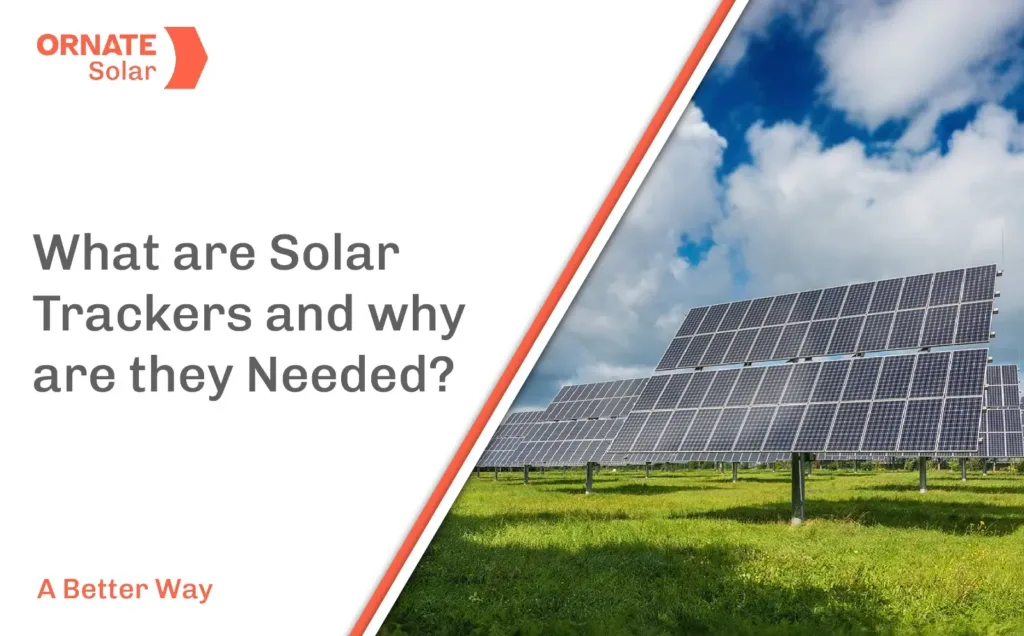

Solar Trackers are devices that move the solar panel array according to the position of the sun. In doing so, they increase PV generation and help in getting the most out of the system.
In this blog, we will cover the working of solar trackers and the different types of solar trackers in the market. We will also discuss the pros and cons of these devices and understand whether they are worth the investment.
Why are Solar Trackers Needed?
In most solar installations, panels are fixed at an angle to get the maximum sunlight. But since the sun’s position keeps shifting, not only during the day but over seasons, you get periods of high and low generation. Peak energy generation occurs when the sun is perpendicular to the solar panels.
To solve this problem, researchers developed the solar tracking system. Solar panels with a tracker follow the path of the sun and produce more energy. These devices are widely used in commercial ground-mounted installations to get the most out of solar power systems.
Research shows that solar trackers can increase the generation capacity by anywhere between 30-40%. In fact, these numbers can be higher with advanced tracking systems. Some brands allow you to even monitor the functioning of your solar trackers remotely, for greater control over system performance.
Currently, there are several types of trackers available in the market based on aspects such as control and rotational direction.
Types of Solar Trackers
1. Based on Working Mechanism
- Manual
A solar plant with this system has to be manually rotated. A professional has to constantly monitor the position of the sun and adjust the array accordingly.
Manual solar trackers are common in locations where the labour cost is low.
- Passive
Passive solar trackers use a liquid with a low boiling point to trigger movement. When the liquid evaporates, it creates an imbalance in the tracking structure which causes the panels to tilt in the direction of the sun.
These types of trackers are not as common as the other two.
- Active
These types of devices use motors, hydraulic cylinders, or microprocessors to shift the position of the array. The active trackers can be linked to sensors that track the position of the sun’s rays or use advanced algorithms with pre-programmed coordinates of the sun.
They are also more reliable than the other two types of trackers.
2. Based on rotation
- Single-Axis Solar Trackers
As the name suggests, single-axis solar trackers can only move in one direction. Within this category, you have horizontal trackers that move north and south and track the sun’s position as it gains height or sets. You also have vertical trackers that move east and west.
Horizontal trackers can considered ideal for low-latitude locations that are closer to the equator. Vertical trackers are great for high-latitude locations that are closer to the poles and do not receive as much sunshine.
- Dual-Axis Solar Trackers

Source: Research Gate
These types of trackers move in all directions- north, south, east, and west and, track the exact position of the sun throughout the year. As a result, solar panels with this system can generate more power than single-axis tracking systems.
A study by the US’s National Renewable Energy Laboratory (NREL) reveals that while single-axis trackers can generate up to 30% more power, dual-axis tracking systems can increase output by 50-60% compared to fixed solar installations.
Innovations in the Tracking Systems
There is no denying the fact that tracking systems are costly. This is why manufacturers are constantly innovating to make these systems more efficient.
Originally, solar trackers merely followed the path of the sun. Now, these devices are also designed to support the system when wind speeds are high or the light is diffused.
For example, on cloudy days, panels facing the sun will not make much of a difference. This is why trackers are programmed to tilt the array in a horizontal position so that panels can absorb the diffuse light.
Moreover, several solar trackers are now equipped with wind speed checkers. When high wind speeds are detected, the solar panels are automatically adjusted in a position that allows wind to pass through without damaging the equipment.
Advantages of Using Solar Trackers
- Higher Generation
The biggest advantage of using a solar tracking system is output boost. A solar plant with a fixed array is limited by the position of the sun. Meanwhile, solar trackers ensure consistently high generation till the time the sun is shining.
- Higher Savings and Shorter Payback Period
PV systems with a tracker generate more energy and for longer periods. As a result, the consumer is able to meet more of the energy requirements from solar, thereby reducing the dependence on fossil-fuel-based electricity.
The savings go up and the payback period becomes shorter.
- Area Utilization
With a tracker, consumers can generate more energy in the same space. This leads to better area utilization. It means consumers can make the most out of the area they have.
If you’re dealing with limited space but need more energy, using solar trackers is a practical way to get the most out of what you have.
Disadvantages
Despite the many benefits of using a solar tracker, there are some disadvantages associated with it too.
Solar trackers can be pricey, and their need for regular maintenance adds to the overall expenses. Therefore, it makes sense to invest in trackers when the energy increase justifies the higher costs compared to fixed systems.
However, tracking systems are a great investment for utility-scale and commercial solar power projects where energy generation is high.
About Ornate Solar
Ornate Solar is a leading solar company with 10 years of experience in the industry and the mission to reimagine the way solar is installed worldwide.
By not only partnering with the best-in-class solar brands but also developing our high-quality solutions, (panels, solar inverter, accessories, InRoof), we develop and deliver solutions that are modern, reliable, and effective.
If you are looking for high-quality solar solutions, reach out to us at 011 43536666 to discuss your options.




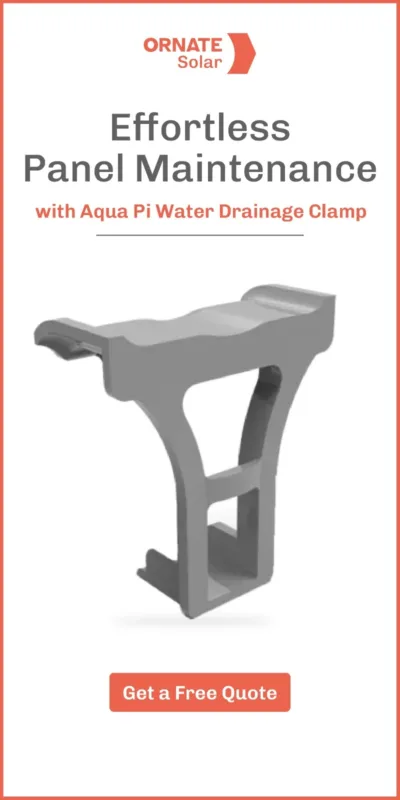

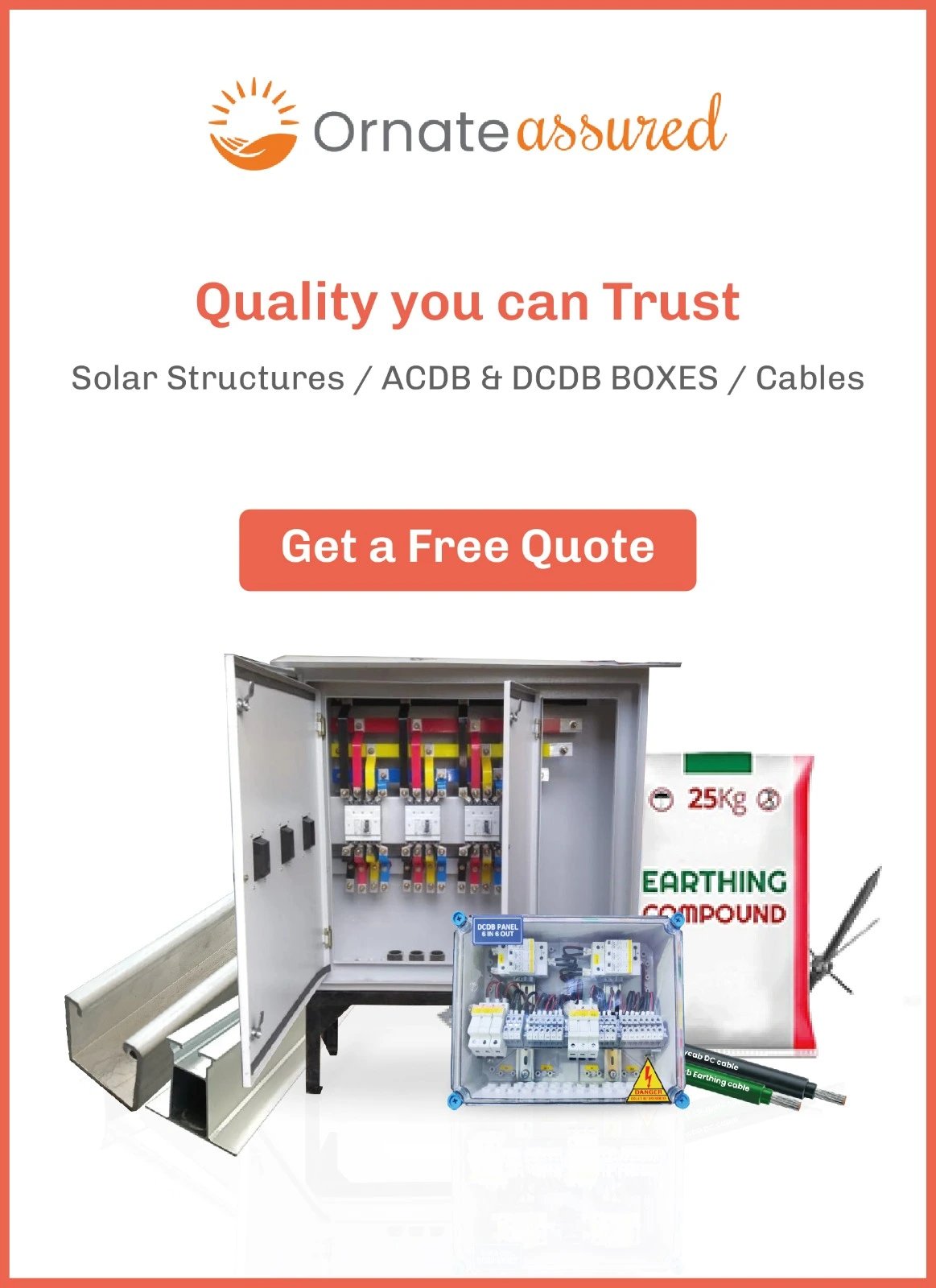



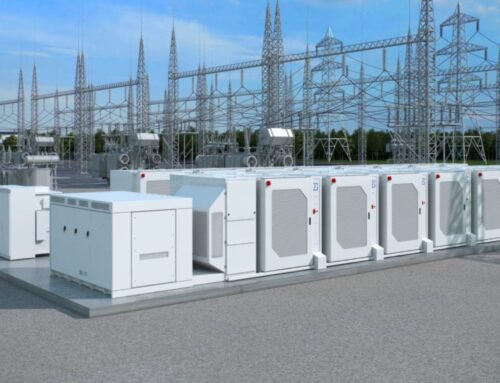
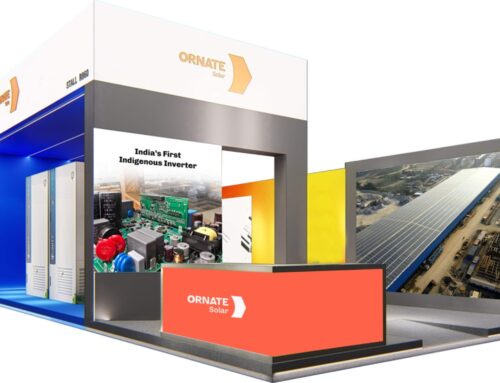
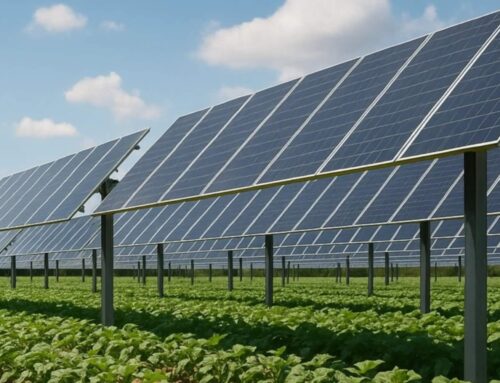
Leave A Comment